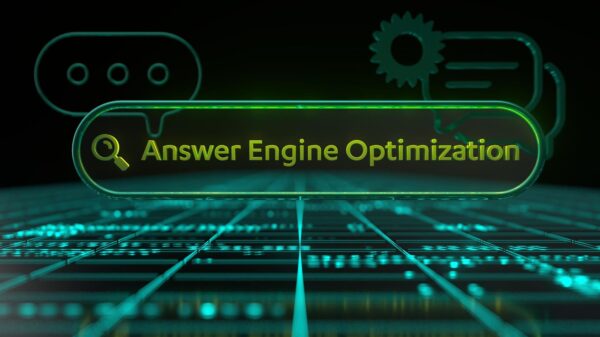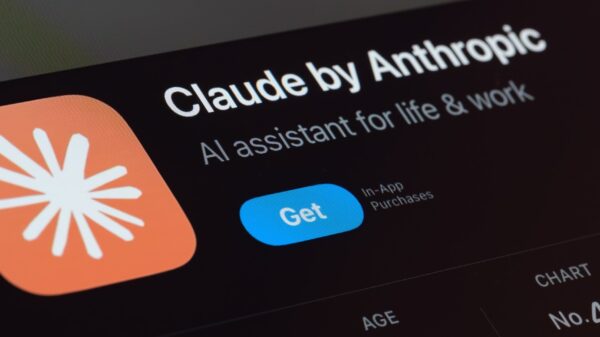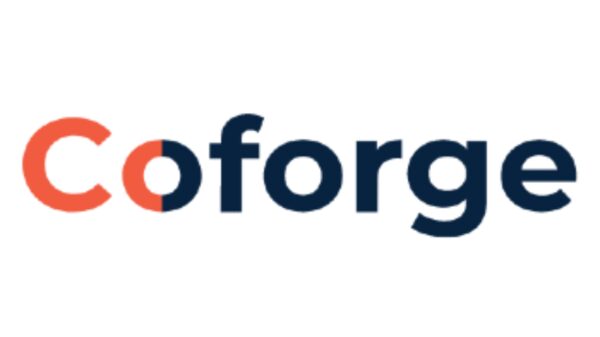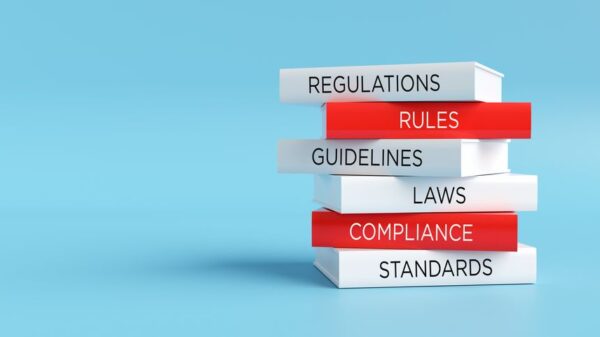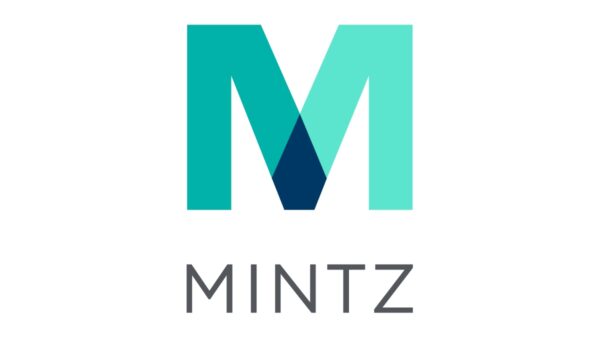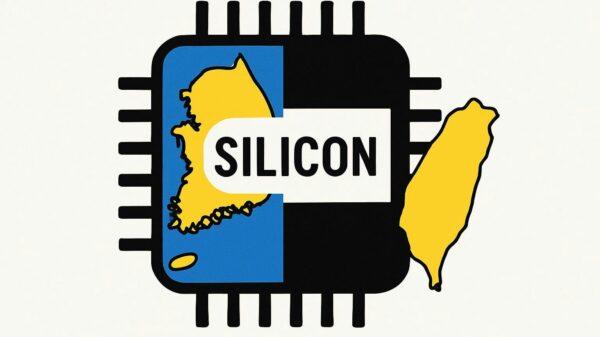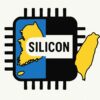On November 24, 2025, South Korea’s government announced plans to introduce a new “common artificial intelligence infrastructure” aimed at integrating selected private-sector AI tools within public-sector networks. This initiative, jointly expressed by the Ministry of Science and ICT and the Ministry of the Interior and Safety, is intended to enhance the deployment of AI technologies in government operations, allowing agencies to access various commercial AI models, training data, and computing resources. This development is significant as it aims to streamline administrative processes, reduce redundant investments, and enhance service delivery across central and local governments.
Key Features
The new AI infrastructure will enable a safe deployment of private-sector AI technologies within government systems. Specific features include:
1. **Access to Commercial AI Models**: Government agencies will have the ability to utilize a variety of AI models developed by private companies.
2. **Training Data Availability**: The initiative will facilitate access to training datasets, which are crucial for the effective implementation of AI solutions.
3. **Computing Resources**: Governments will be equipped with the necessary computational infrastructure to run AI applications efficiently, thereby removing barriers to technology adoption.
These features will collectively allow for the application of AI across various administrative and public services, thus enhancing operational efficiency.
How the Tool Works
This “common artificial intelligence infrastructure” is designed to function as a centralized platform from which government agencies can deploy various AI applications. By integrating private-sector AI tools, the initiative plans to simplify the process of adopting advanced technology within public administration. Once fully operational in early 2026, the infrastructure is expected to minimize the need for individual agencies to develop their own AI solutions from scratch. Instead, they can leverage existing commercial models, thereby accelerating the pace of AI integration.
Use Cases and Who It’s For
This initiative will primarily benefit public-sector employees, enabling them to access advanced AI technologies to improve service delivery. Potential use cases include:
1. **Administrative Automation**: AI tools could automate routine tasks, thus allowing government employees to focus on more strategic functions.
2. **Data Analysis and Decision Making**: With access to AI-driven analytics, agencies can enhance their decision-making processes by leveraging predictive insights from large datasets.
3. **Public Services Enhancement**: The incorporation of AI into public services can lead to more responsive and efficient citizen engagement, ultimately improving overall service quality.
In summary, this initiative is poised to revolutionize how government agencies operate, enabling them to harness the capabilities of AI to meet modern challenges.
Limitations or Risks
The source does not mention specific limitations or risks associated with the new infrastructure. However, common concerns in similar initiatives may include issues related to data privacy, security, and the potential for over-reliance on AI technologies without sufficient human oversight.
As the rollout progresses, it will be essential for stakeholders to remain vigilant regarding these aspects to ensure a balanced approach to AI integration within public services.
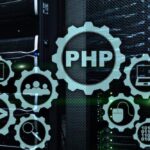 PHP Developers Embrace Rubix ML and PHP-ML for 2025’s Machine Learning Needs
PHP Developers Embrace Rubix ML and PHP-ML for 2025’s Machine Learning Needs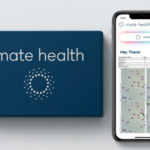 Mate Health Launches MateIQ AI Tool to Simplify At-Home Semen Analysis for Men
Mate Health Launches MateIQ AI Tool to Simplify At-Home Semen Analysis for Men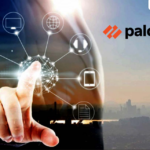 Palo Secures $3.8 Million to Enhance Creator Workflows with AI-Powered Insights
Palo Secures $3.8 Million to Enhance Creator Workflows with AI-Powered Insights 95% of Enterprises See No AI ROI: Key Strategies for Responsible Integration
95% of Enterprises See No AI ROI: Key Strategies for Responsible Integration Penn State Researchers Launch NaviSense, AI Tool Enhancing Real-Time Object Recognition for the Visually Impaired
Penn State Researchers Launch NaviSense, AI Tool Enhancing Real-Time Object Recognition for the Visually Impaired
